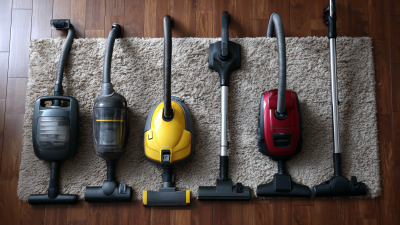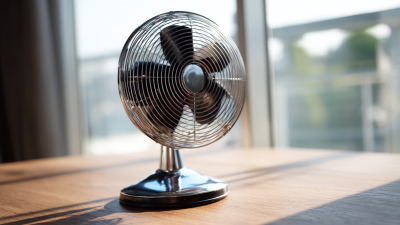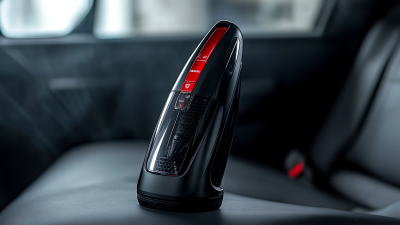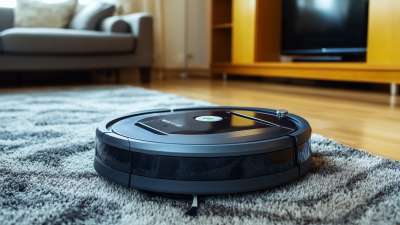As the demand for efficient heating solutions rises, particularly in residential spaces, the use of Fan Heater Electric units stands out as a popular choice among consumers. According to a recent report from the U.S. Department of Energy, electric fan heaters, also known as space heaters, have seen a 15% increase in usage over the past five years due to their ability to quickly and effectively warm specific areas without the need to heat an entire home. This convenience not only provides comfort but also contributes to energy savings, as users can target heating to occupied spaces. With the right techniques, utilizing a fan heater electric can significantly enhance indoor comfort levels and create a cozy environment during the colder months. Understanding the best practices for operating these devices is crucial for optimizing their performance and ensuring safety, making it important for homeowners to familiarize themselves with effective usage strategies.
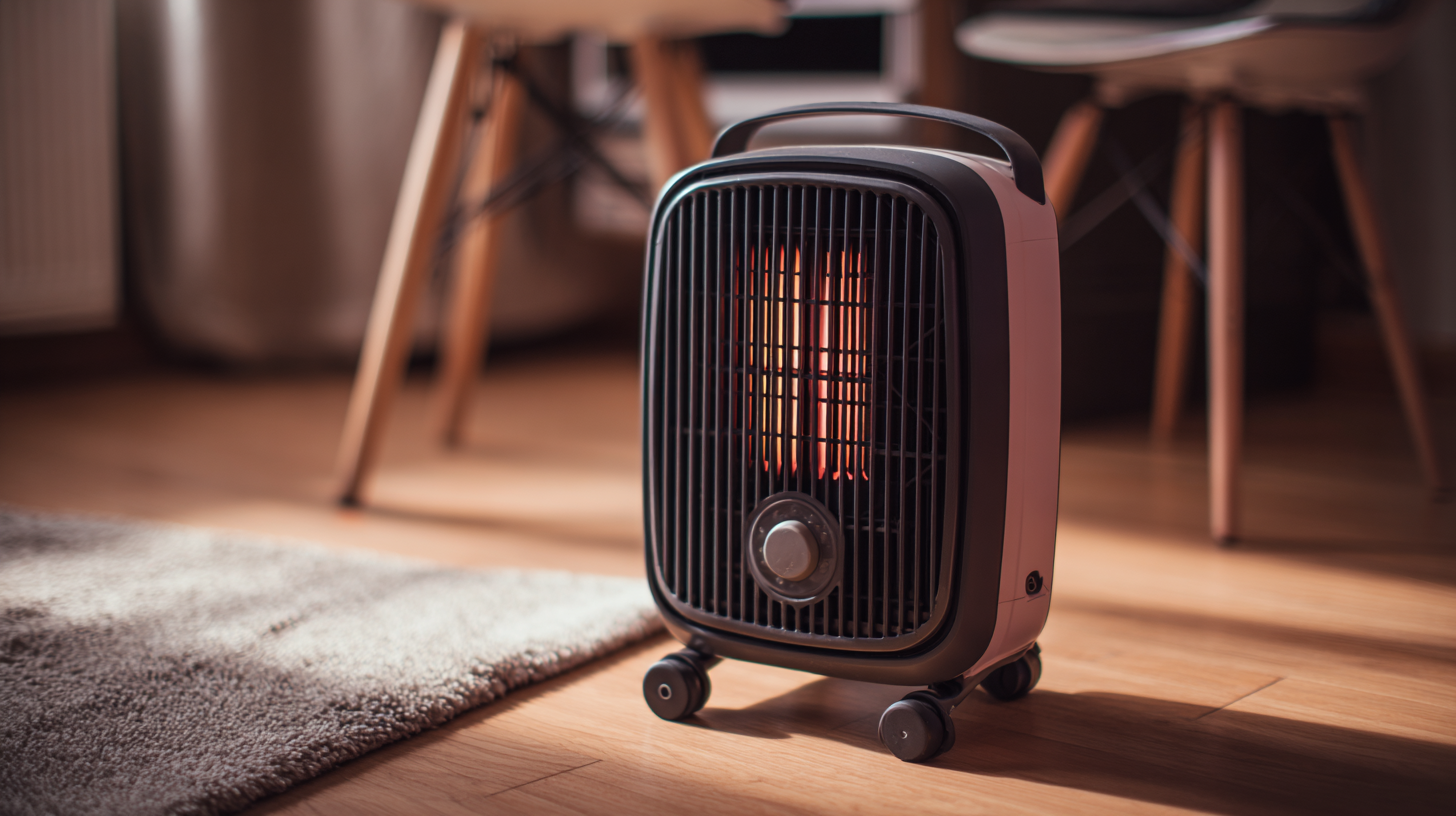
Electric fan heaters have become a popular choice for home heating, offering a convenient and efficient solution for combating cold temperatures. Understanding how these devices operate is crucial for maximizing their benefits. Most electric fan heaters utilize a ceramic heating element, which heats quickly and distributes warm air throughout the room via an internal fan. According to the U.S. Department of Energy, electric space heaters can provide supplemental heat for areas where central heating may fall short, effectively increasing comfort with minimal energy consumption.
When using an electric fan heater, it's important to consider the size of the room and the heater's capacity. Industry reports suggest that a heater with around 1,500 watts is typically sufficient for spaces up to 150 square feet. Additionally, modern electric fan heaters often come equipped with programmable thermostats, timers, and energy-saving modes, enabling users to tailor their heating needs and reduce unnecessary energy expenditure. A study conducted by the Association of Home Appliance Manufacturers indicates that optimizing heater usage can lead to energy savings of up to 30%, making these units not only a practical choice but also an environmentally friendly option for home comfort.
When selecting an electric fan heater, the right size and type are crucial for achieving optimal comfort in your living space. According to the U.S. Department of Energy, a 1,500-watt electric heater can effectively heat a room of approximately 150 square feet. This guideline helps in determining the power output needed for different room sizes, ensuring efficient heat distribution without unnecessary energy expenditure.
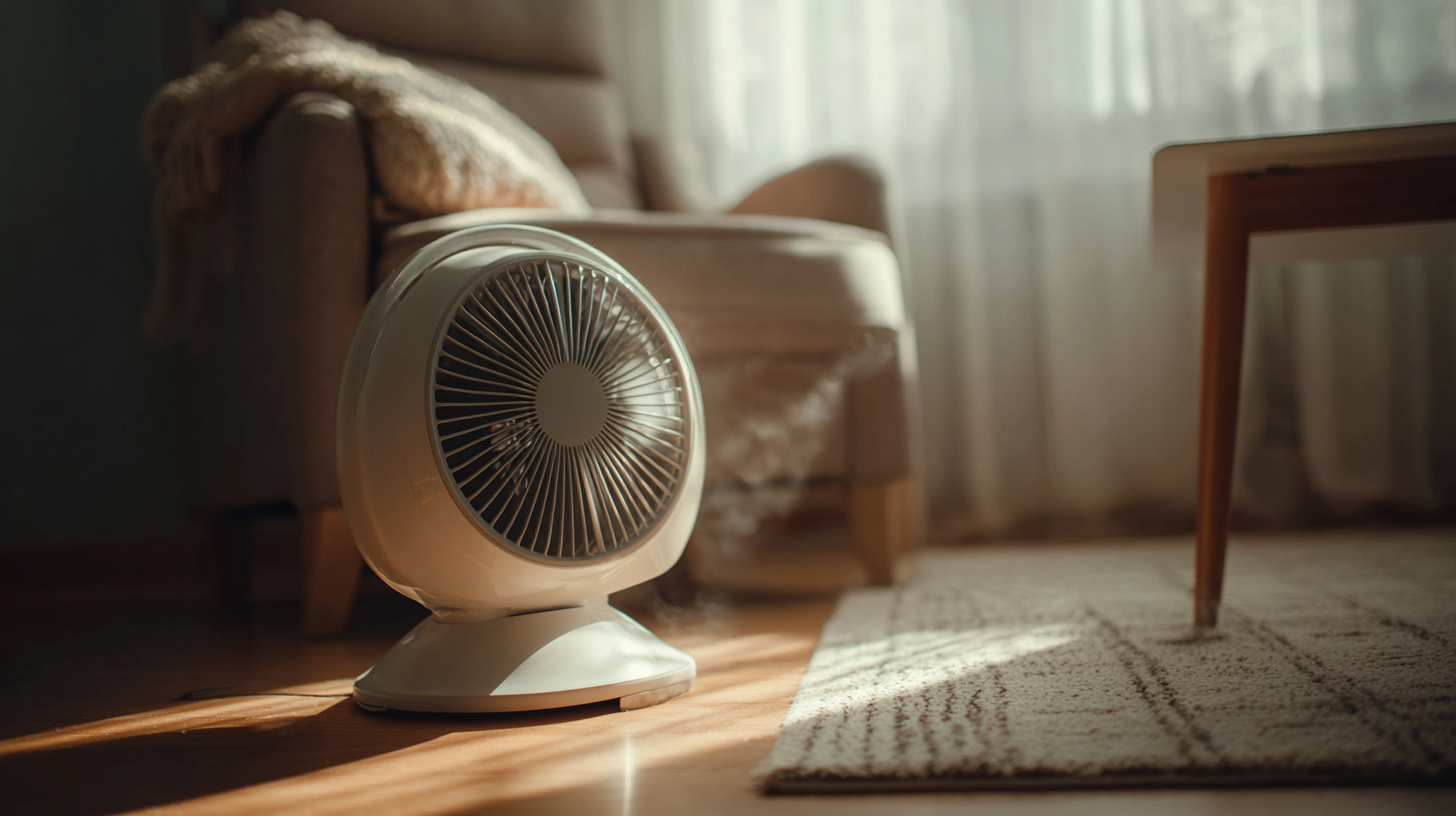
In terms of heater type, there are various options to consider, including convection and radiant models. Convection heaters work best for larger areas as they circulate warm air throughout the space, while radiant heaters are ideal for spot heating smaller, localized areas. The choice between these types should reflect the specific heating needs of the space and the habits of the occupants; for instance, radiant heaters can provide immediate warmth when used in bedrooms or office spaces where people spend time intermittently.
Understanding these variables, along with the heater's energy efficiency ratings, can lead to enhanced comfort and energy savings during colder months.
When it comes to optimizing the use of an electric fan heater, proper placement is crucial for maximizing heat distribution and comfort. Research indicates that the effectiveness of heater placement can significantly impact energy efficiency, with studies suggesting that placing a heater in an unobstructed area allows for better circulation of warm air throughout the room. Ideally, the fan heater should be situated at least three feet away from walls or furniture to avoid blockages that can hinder airflow.
In addition to strategic placement, the orientation of the fan heater plays an important role. Facing it towards the center of the room can facilitate more even heating across the space. As highlighted in various industry reports, achieving consistent room temperature can increase comfort levels by up to 15% compared to poorly placed heaters. Room layout is also essential; ensuring the heater is located in high-traffic areas where people congregate can enhance the overall warmth and comfort of the environment. For those who frequently gather in spaces, such as living rooms or patios, employing portable electric fan heaters in optimal positions can transform chilly settings into cozy retreats.
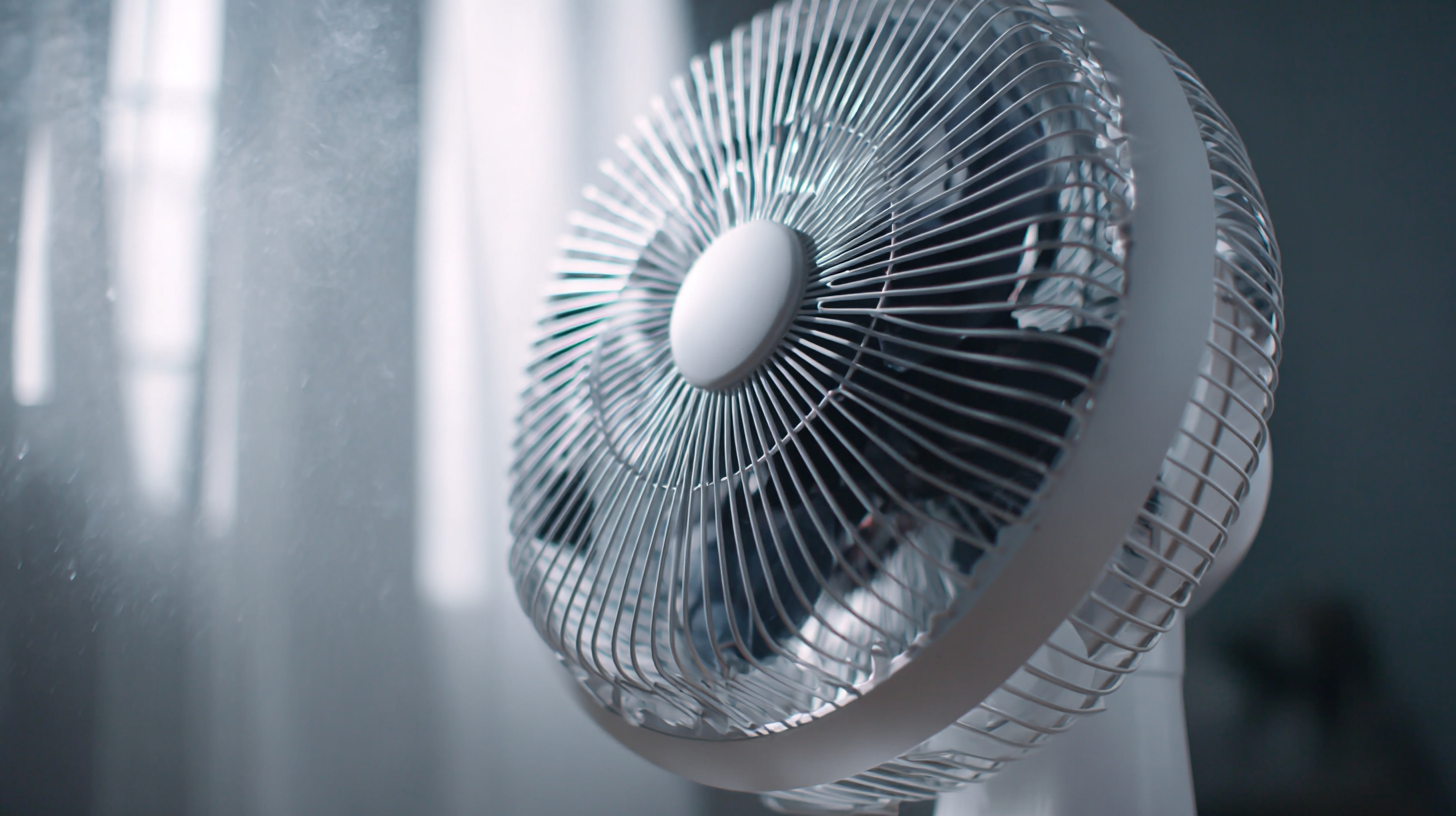
When using electric fan heaters, safety should always be the top priority. According to the U.S. Consumer Product Safety Commission, space heaters, including electric fan models, account for approximately 44% of home heating fires. To mitigate this risk, ensure that your heater is placed at least three feet away from any flammable materials such as curtains, furniture, and bedding. This distance significantly reduces the likelihood of ignition, providing a safer environment.
**Tips:** Always check for signs of wear or damage before using the heater. Use an electrical outlet rated to handle the heater’s power draw, and never use a power strip or extension cord. Additionally, consider purchasing a heater with an automatic shut-off feature. This can prevent overheating and automatically turn off the unit if it tips over, significantly enhancing safety.
Regular maintenance is also crucial. According to the National Fire Protection Association, about 80% of heating-related fires are caused by faulty equipment. Ensure your electric fan heater is regularly cleaned of dust and debris, as buildup can lead to overheating. Be vigilant and keep an eye on the heater while in use, especially around children and pets, to ensure that it remains a safe source of warmth in your home.
| Dimension | Data |
|---|---|
| Power Consumption (W) | 1500 |
| Heating Area (sq ft) | 200 |
| Noise Level (dB) | 50 |
| Safety Features | Overheat Protection, Tip-over Protection |
| Thermostat Control | Yes |
| Weight (lbs) | 5 |
| Price Range ($) | 30 - 70 |
To maximize comfort while using an electric fan heater, focusing on energy efficiency is paramount. One of the most effective strategies is to ensure proper insulation in your living spaces. Sealing gaps around windows and doors can prevent warm air from escaping, allowing the heater to operate more efficiently. Additionally, using thermal curtains can help maintain indoor temperature, reducing the need for constant heating.
Another tip for reducing costs while staying warm is to set the heater to a moderate temperature. Rather than cranking up the heat, consider maintaining a comfortable level, usually between 68°F to 72°F (20°C to 22°C). This range is generally adequate to keep spaces warm without overburdening the heater. Utilizing a timer or programmable thermostat can further enhance energy savings, allowing the heater to operate only when necessary and avoiding excessive energy consumption during unoccupied hours.
